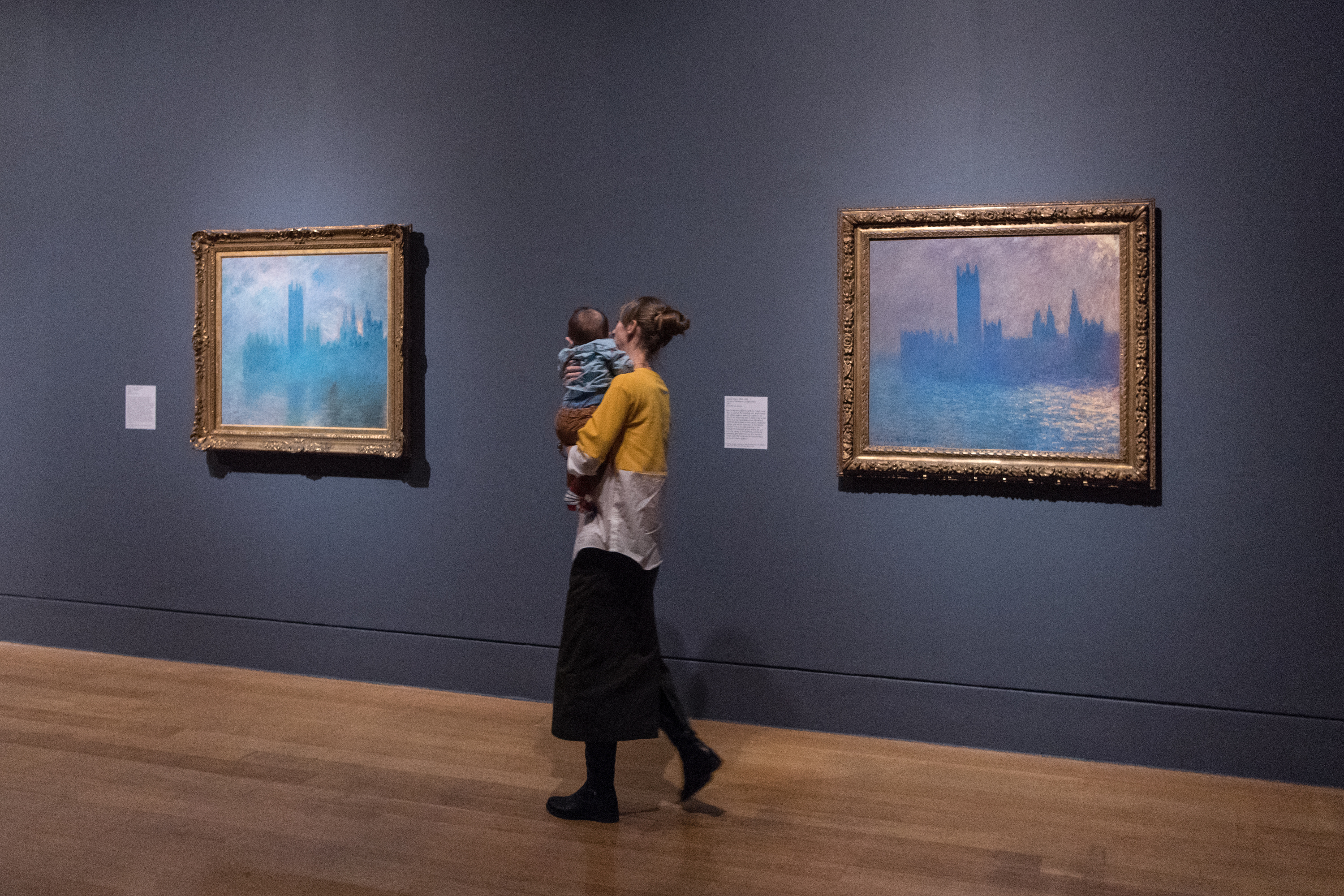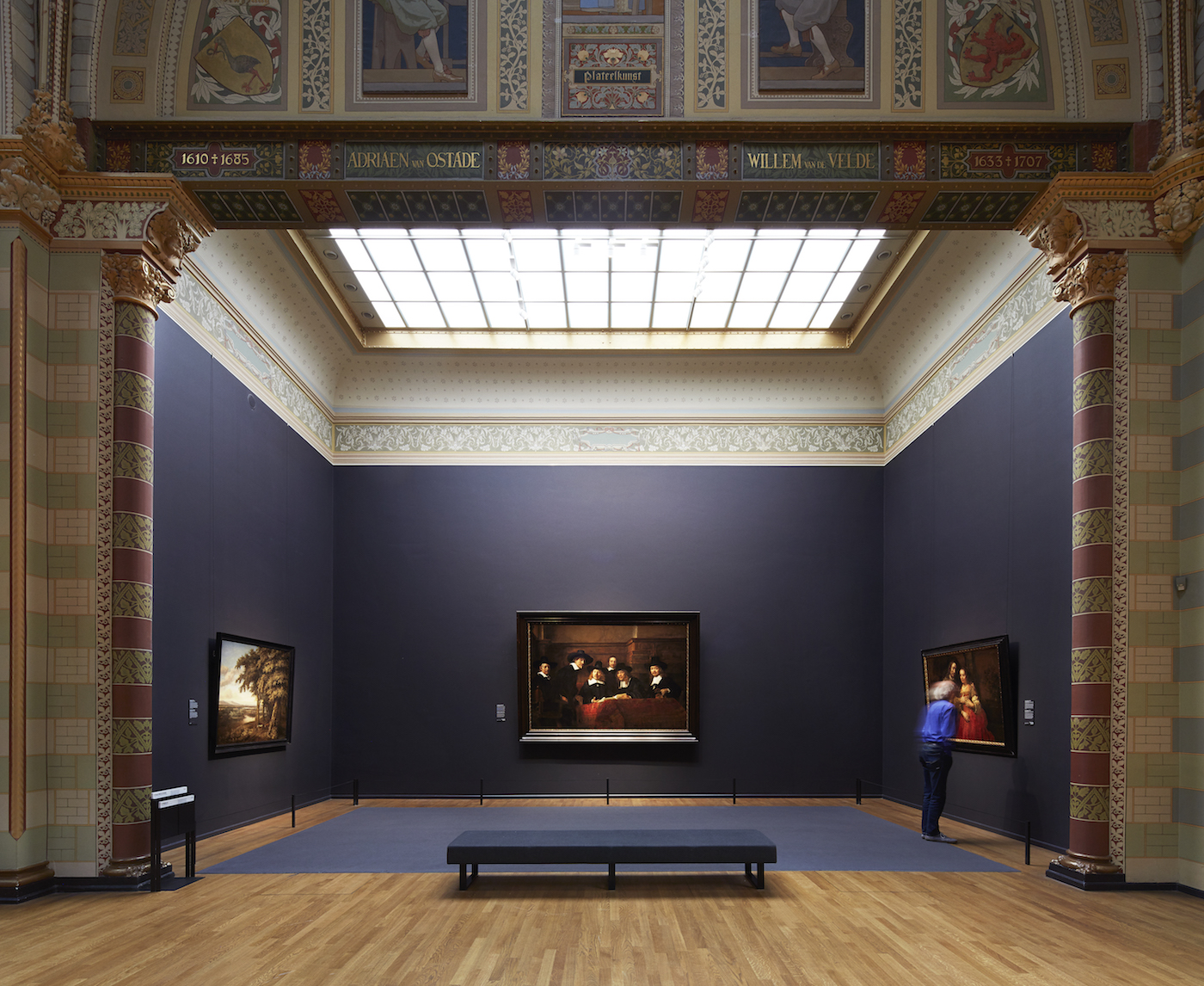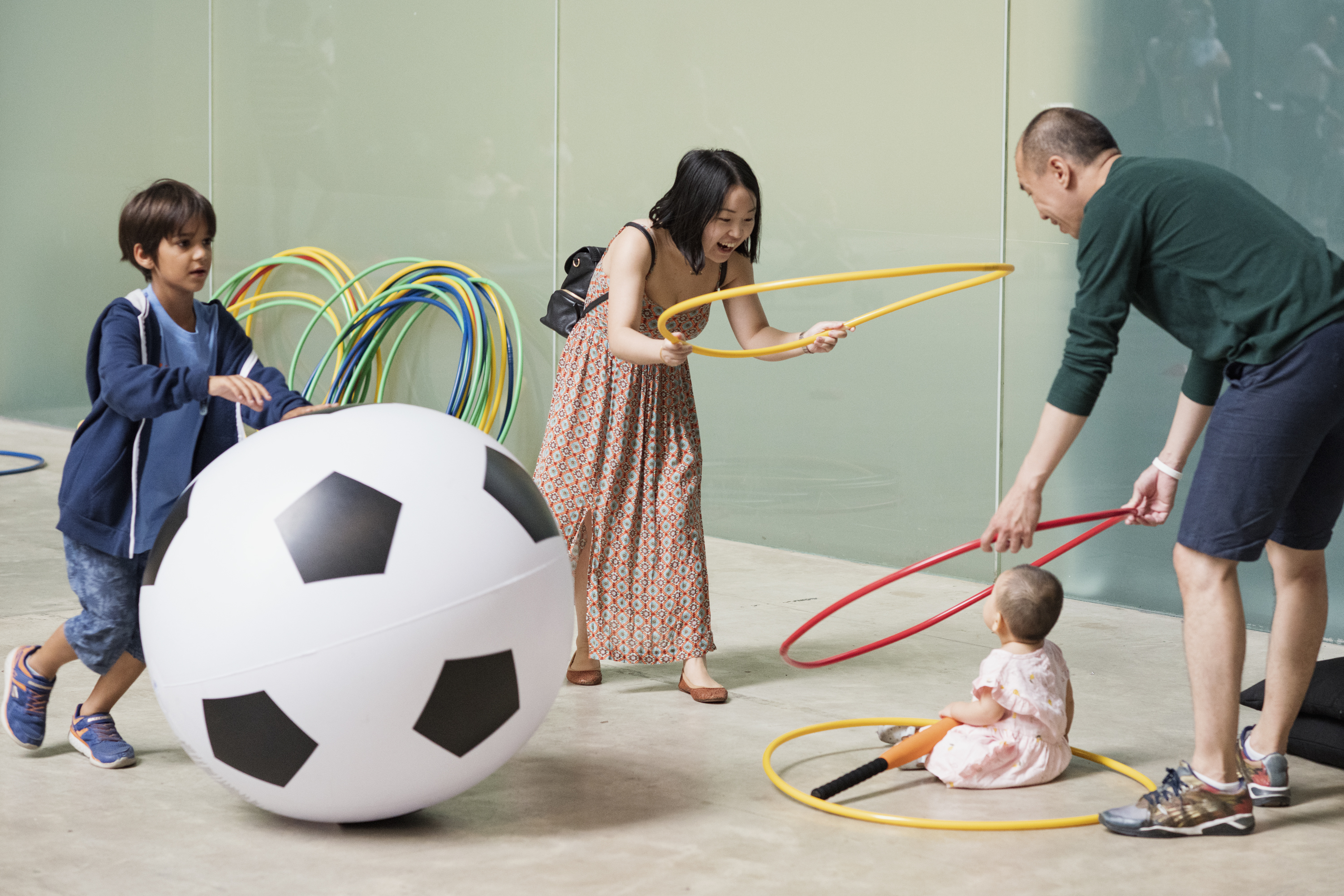
A few weeks ago, I trundled out of our temporary home with my baby in her buggy. It wasn’t easy to get her in there: she’s at the stage where she kicks and twists and arches her back like one of those palm-activated fortune-telling fish every time I try to strap her in. To coax her in, I have to pretend to have spotted a cat and exclaim excitedly like a demented zookeeper as I fumble with the buckles. I am proud of our buggy. It’s a neat and compact thing, all black, with a ridiculous name (yoyo zen) and an even more ridiculous price (it was a generous gift). It folds up like a dream and even fits in an overhead compartment on a plane.
Don’t be fooled into thinking that getting out of the house with a one-year-old in tow is breezy. While a newborn who sleeps all the time can be compactly smuggled around in a carrier—no-one even has to acknowledge your child when they’re tied to your chest—an infant is full-frontal baby baggage and there’s nowhere to hide.
On that particular day aforementioned, I was on my way to the Tel Aviv
Museum, to see their popular show on Modern Times; a collection of works on loan from the Philadelphia Museum of Art.

As parents will know, when you enter galleries, art fairs or museums, cafes and restaurants, even public transport, with a buggy, you become aware of how few spaces are designed to accommodate our kind. Then, there’s the reaction of people who think buggies don’t belong: steel yourself for the sneers, for people plonking their shopping in the pushchair spot on the bus, for the bristling of shoulders when you enter a cafe or restaurant where the chairs are cleverly arranged so that only a size 8 specimen can slip through. It reminds me of the panic-inducing scene in Australian sitcom The Let Down, when the hapless new mother Aude tries to take her baby out for dinner with child-free friends at a fancy restaurant. You become acutely aware of “taking up space”, of tutting and inpatient huffing. Buggies are the bugbear of the art world, a place where no mess is allowed unless it is aesthetic, channelled into a canvas and packaged up by a press release. I am far too self-conscious to ignore the negative vibes a buggy gets, but I’m now used to it—as well as the pleasant surprise of helpfulness from time to time, when a stranger offers a hand with stairs, onto the bus, into the lift.
“Buggies are the bugbear of the art world, a place where no mess is allowed unless it is aesthetic”
I arrived at the museum with a baby who had been perfectly primed to nap quietly in her pram so as to not disturb other visitors, but was flummoxed I was told I couldn’t enter the exhibition with a buggy. Why the buggy ban? I demanded to know, enraged. The museum staff meekly responded that they didn’t know, but maybe it was because buggies are annoying for others or because they take up space. I later found out that it was due to a strict instruction from the Philadelphia Museum of Art to keep buggies out of the way of the art. Inside the show, I found domestic scenes by Mary Cassatt alongside works depicting Van Gogh‘s obsession with a postman’s family, including a lovely 1888 portrait of Augustine Roulin and months-old baby Marcelle—not in a pram, of course, but sitting neatly on her mother’s lap. The irony of it all cloyed my throat. Protect the art from the awfulness of the pushchair!
Why does the art world despise buggies? Would this kind of rule apply to wheelchair users, too? Is anyone who is obliged to get around on wheels supposed to face the same lack of empathy? Buggies aren’t a choice, they are the only way to safely transport a child who might not be able to walk yet—and they’re a great way to protect parents’ bodies from the strain of carrying the kilos and they stop children doing far worse damage than a parent-controlled buggy can cause. A buggy ban is discriminatory. If parents and their children are equally worthy of seeing art, it has to be in the same level of comfort as all other, able-bodied, unencumbered people.

I wrote to some of Europe’s top museums to check their buggy policies. It seems that generally, it’s access all areas: at Tate’s galleries in London, Liverpool and St Ives, “parents and babies are very welcome to come to all of our exhibitions and all of our sites have accessible entrances for pushchairs”. At Tate Modern, there is even a free buggy park (Level 0) and a Baby care room, and every floor offers nappy-changing facilities. The National Gallery permits buggies and prams into the special exhibitions and collection, as well as organizing family events (if you feel like being surrounded by others in the same predicament). Over in Holland (where, incidentally, the government provides a live-in nurse for all new mothers for the first ten days after birth), the Rijksmuseum allows regular prams into the museum galleries and has smaller prams on loan if yours doesn’t fit through the doors.
“Is anyone who is obliged to get around on wheels supposed to face the same lack of empathy?”
Even when buggies are allowed, are they really welcome? Are parents pushing prams seen as anything other than a disturbance, an intrusion, an invasion of space? Do I feel comfortable going around a smaller gallery or exclusive museum with my buggy? No. Does that mean I am going to stay inside and not continue to take my baby out to see the world with me? No. Well, not unless I haven’t washed my hair for two weeks. I have not been a parent longer than I’ve been one, and I can’t say I haven’t frowned or puffed my cheeks in impatience at a pram myself, but now I think twice. Fat, thin, tall, short, compact buggy, mega-buggy, wheelchair, zimmer frame—whatever apparatus we need to get about, we all deserve space. I’m going to continue taking up all the space my baby and I need.





